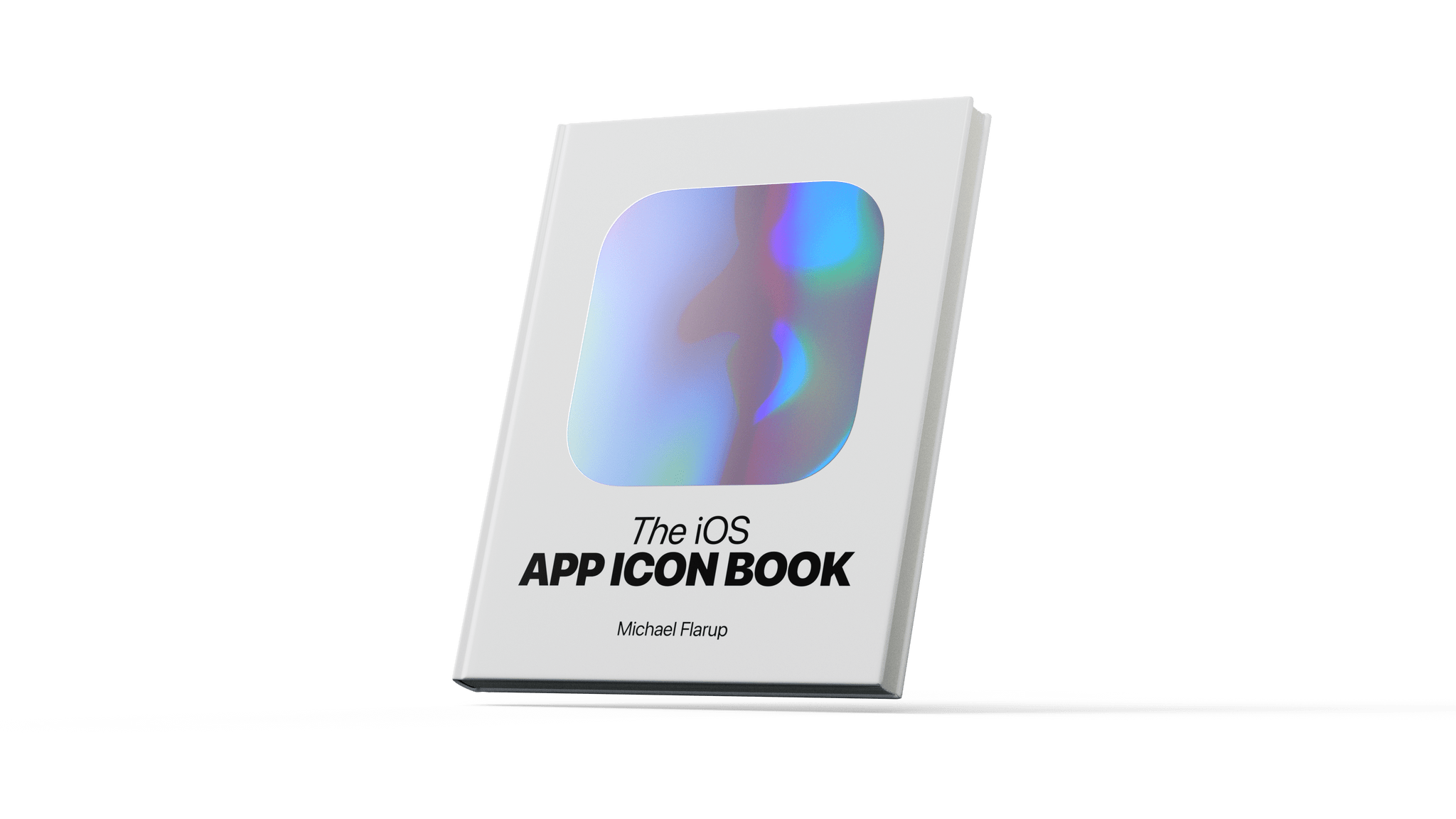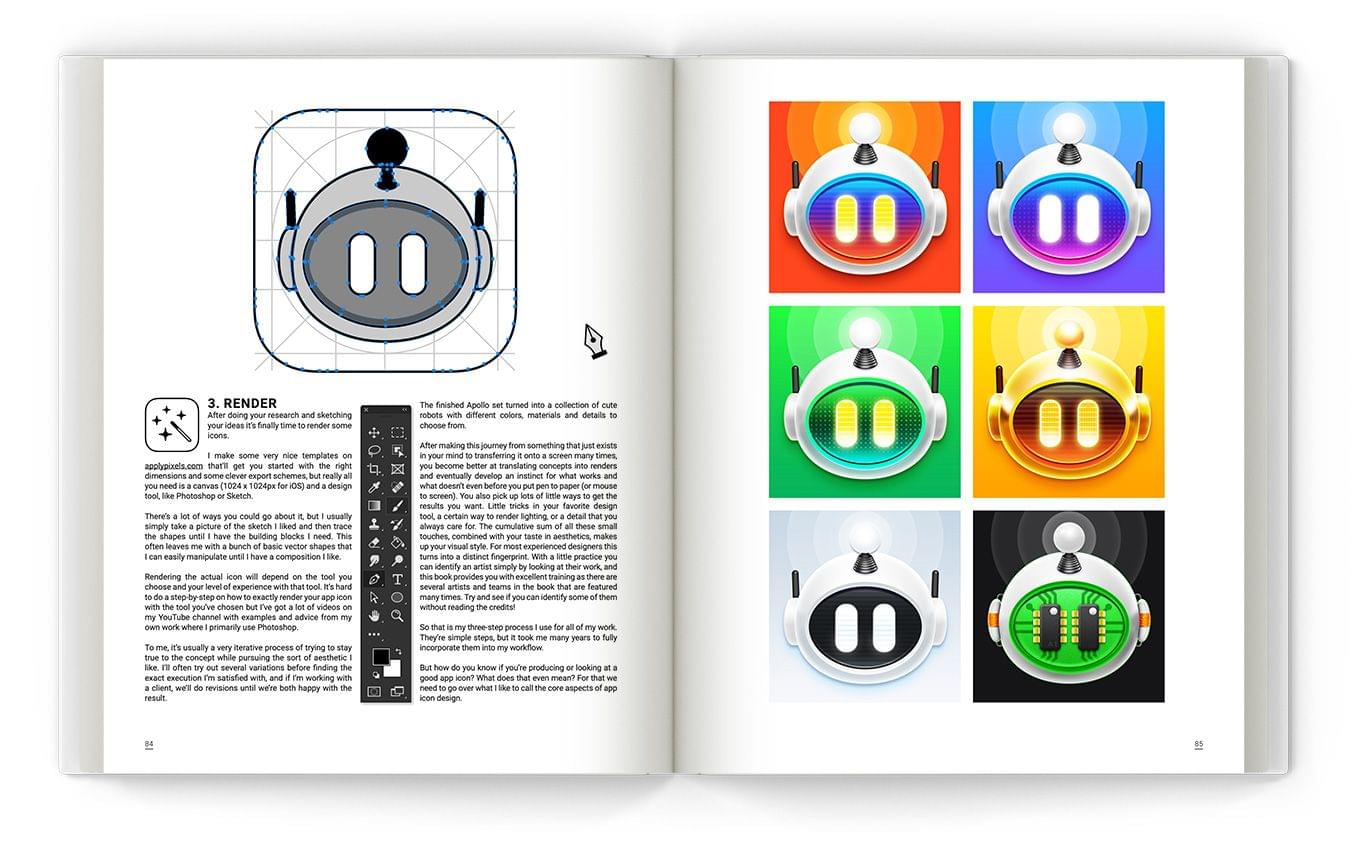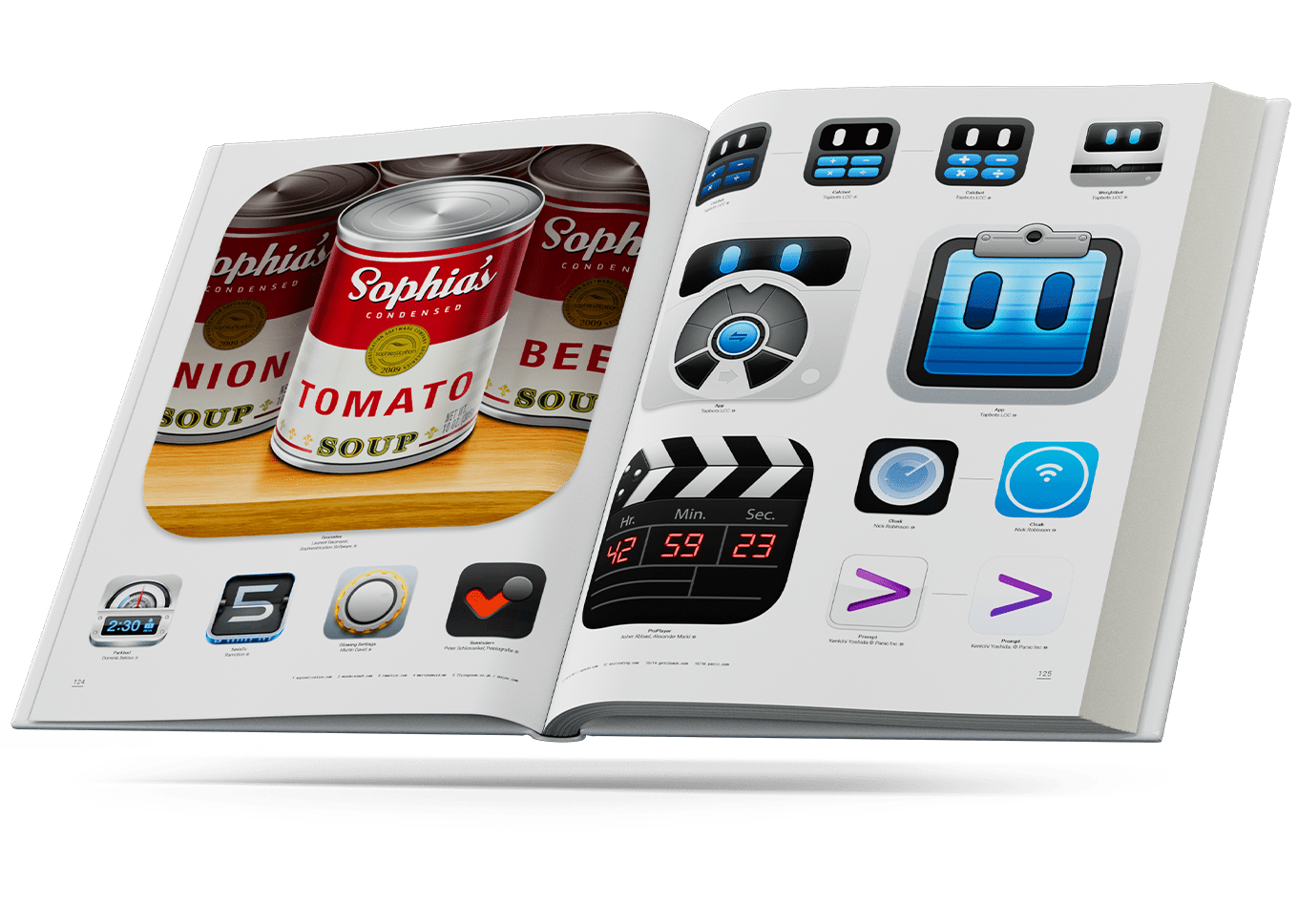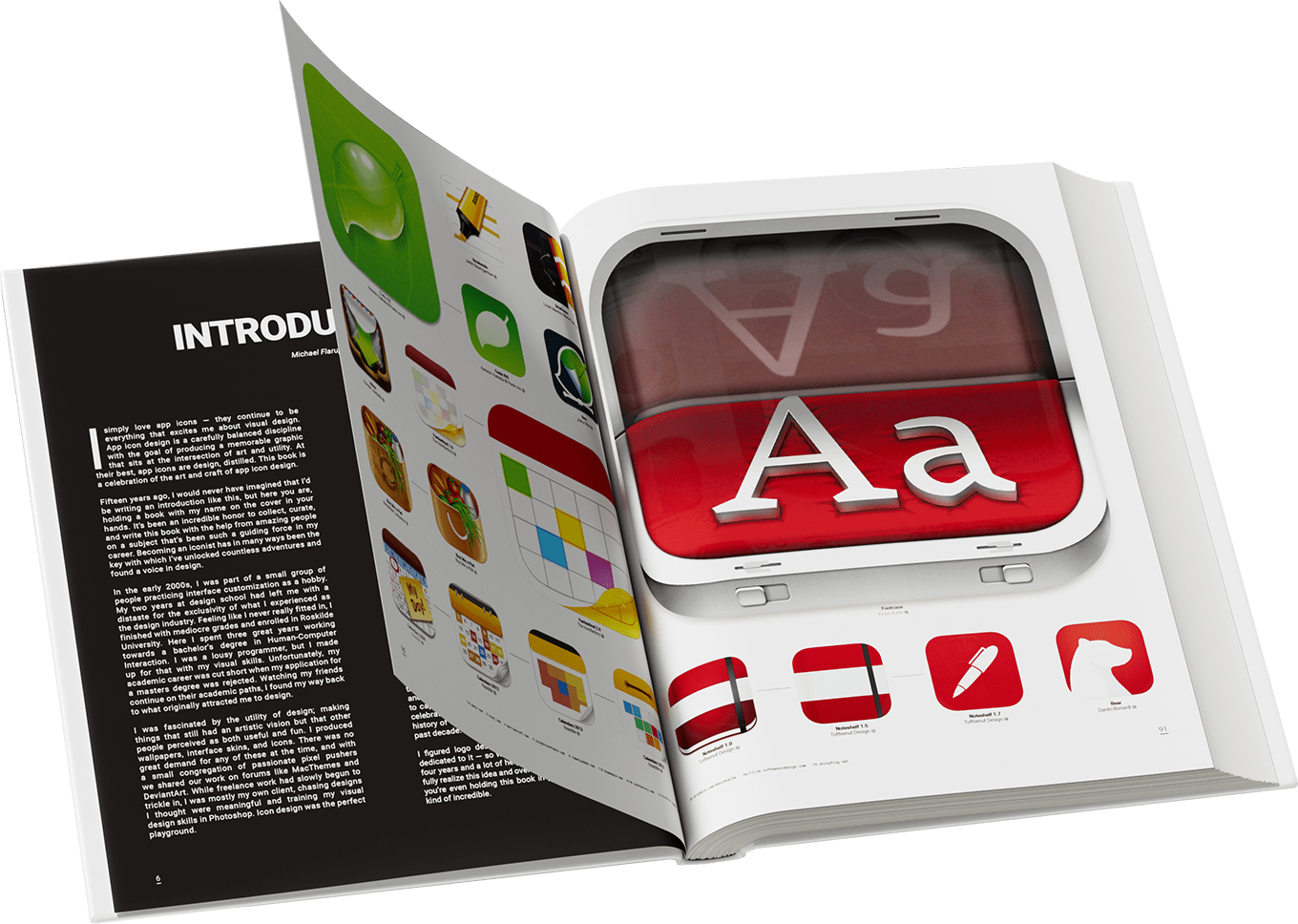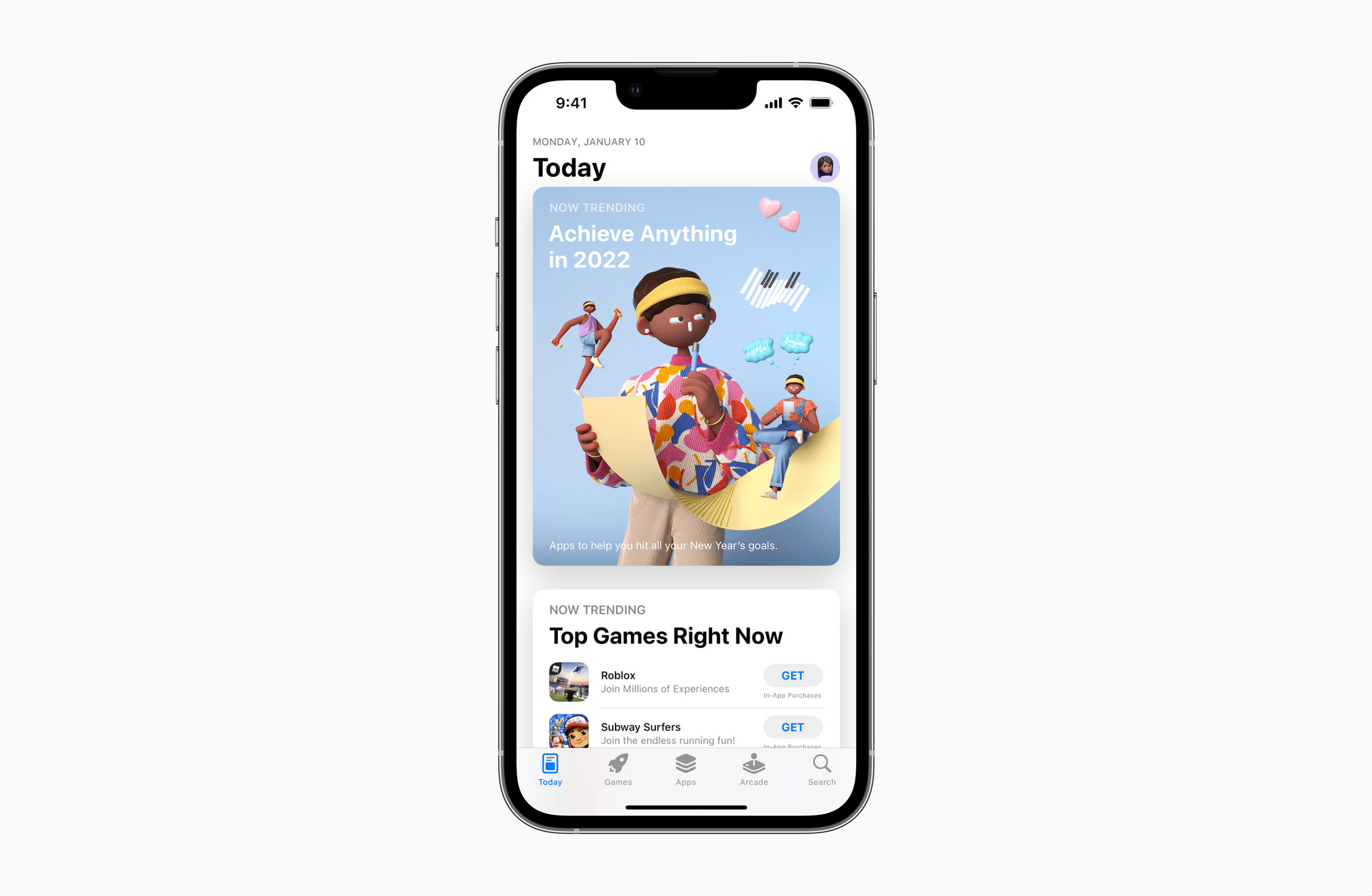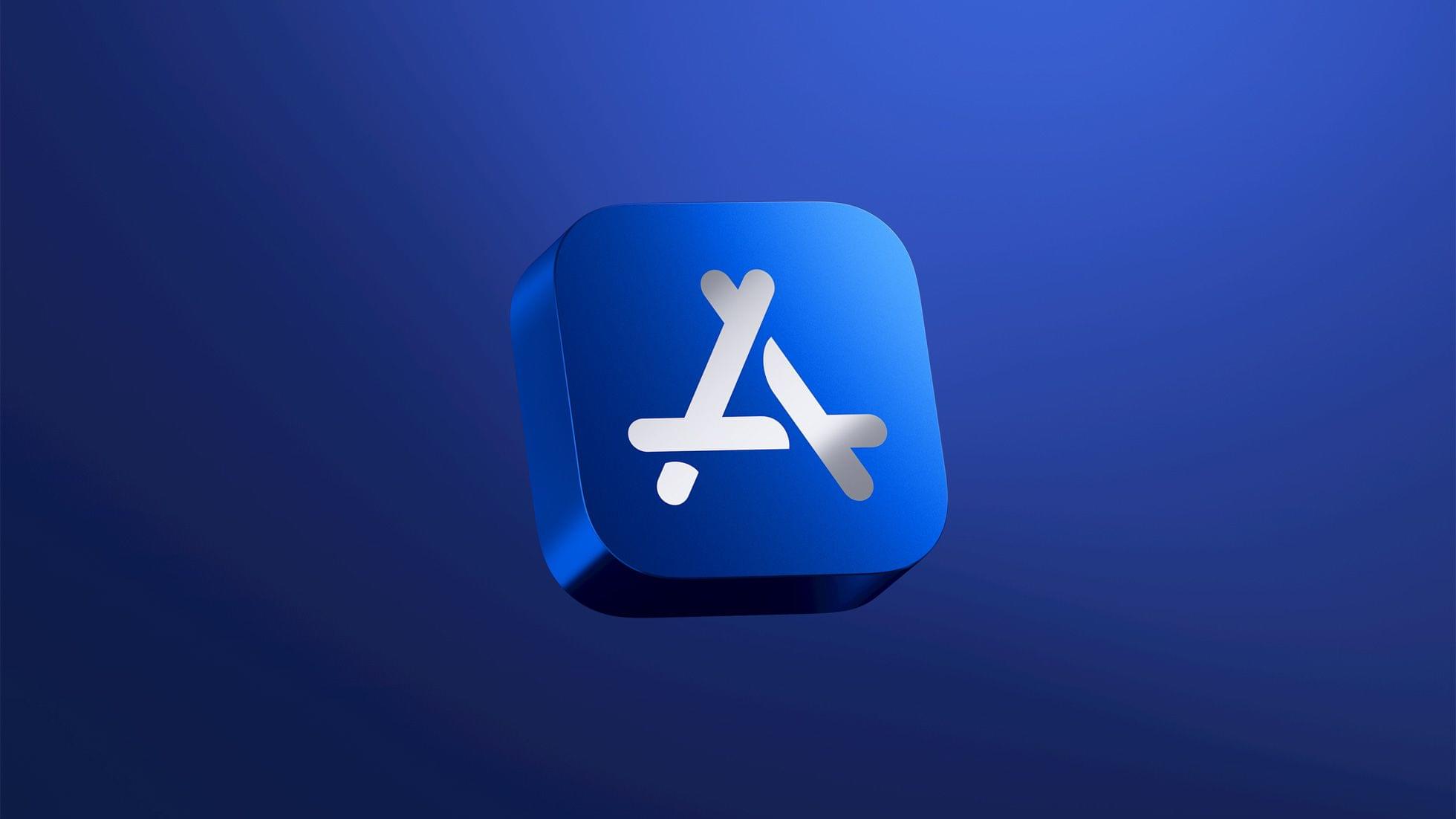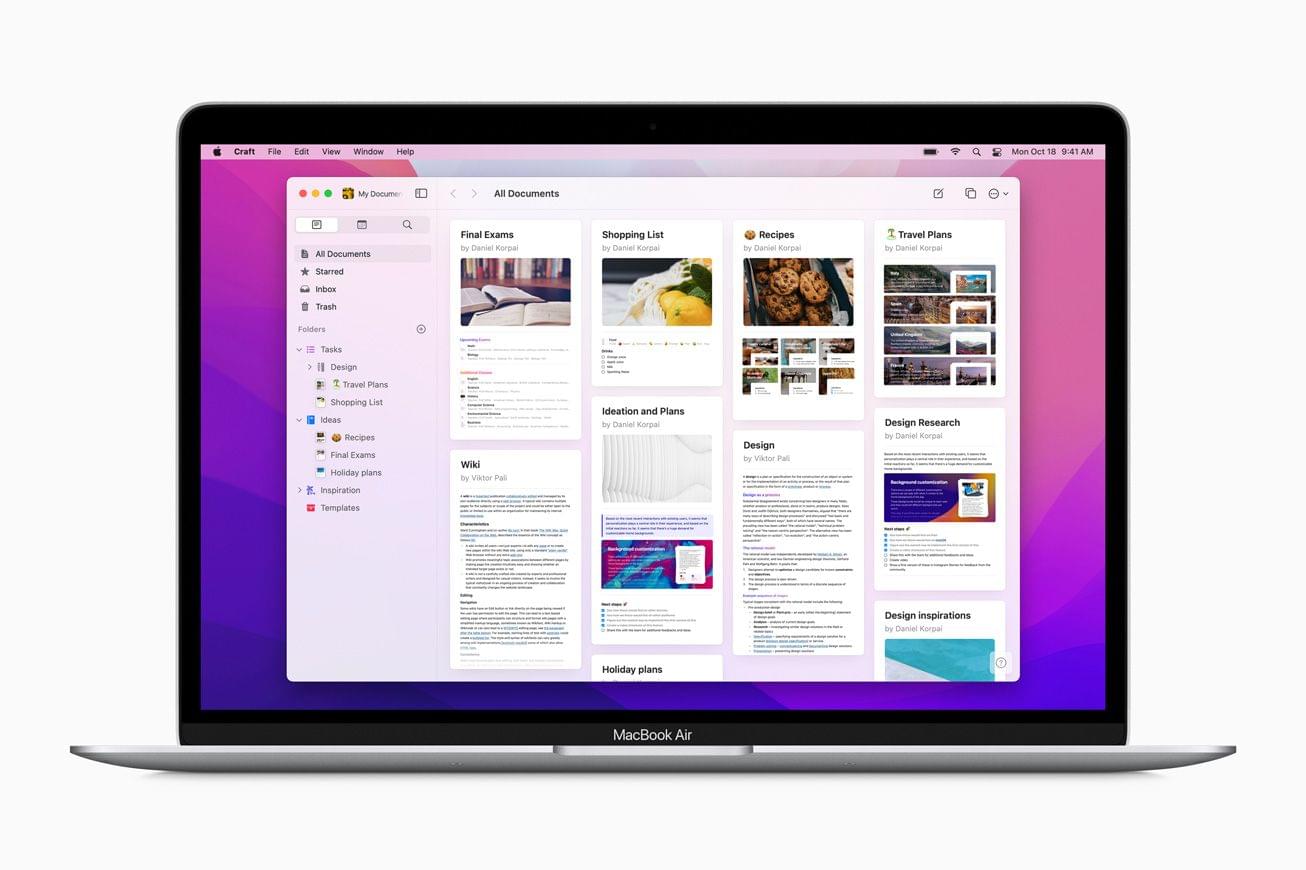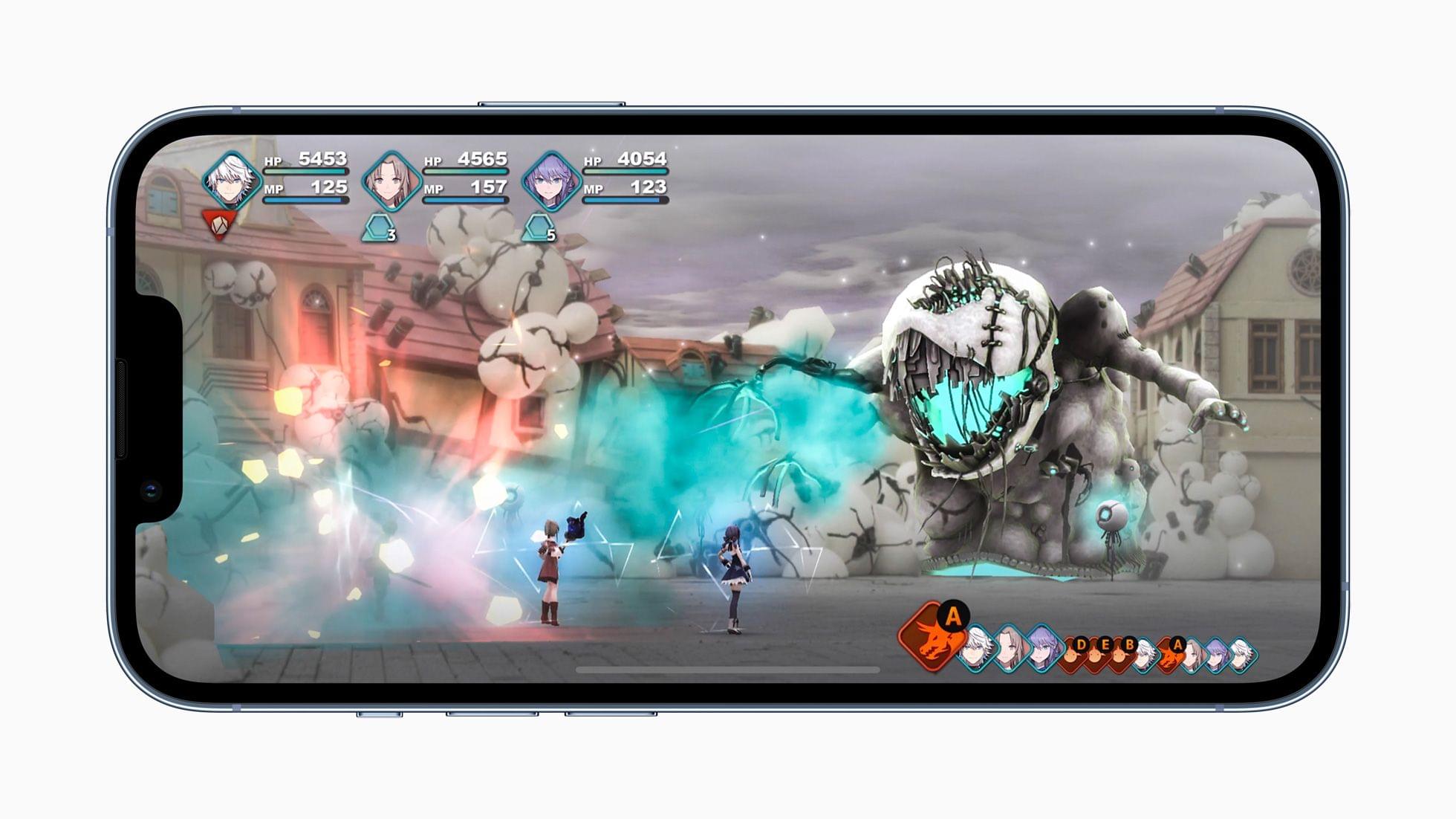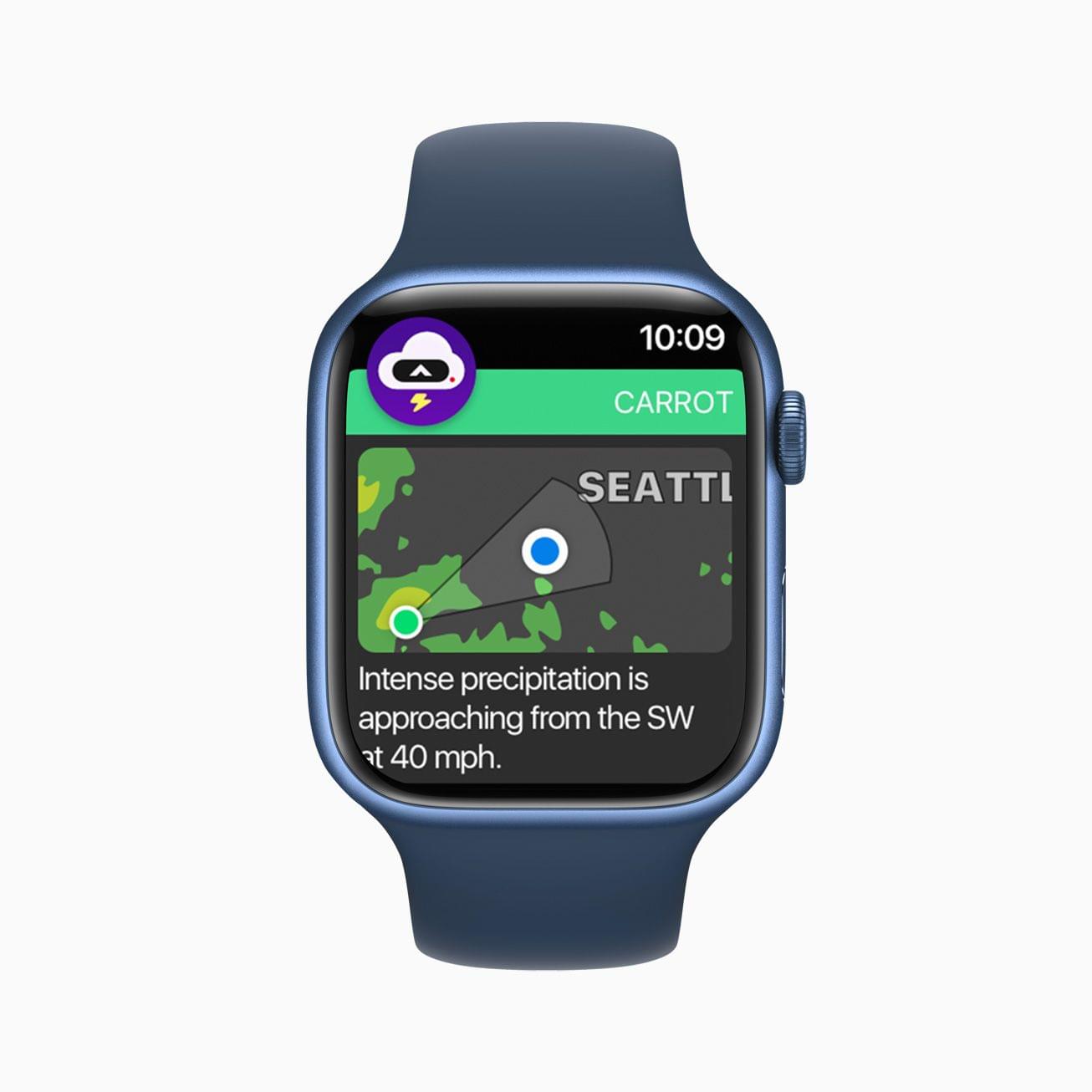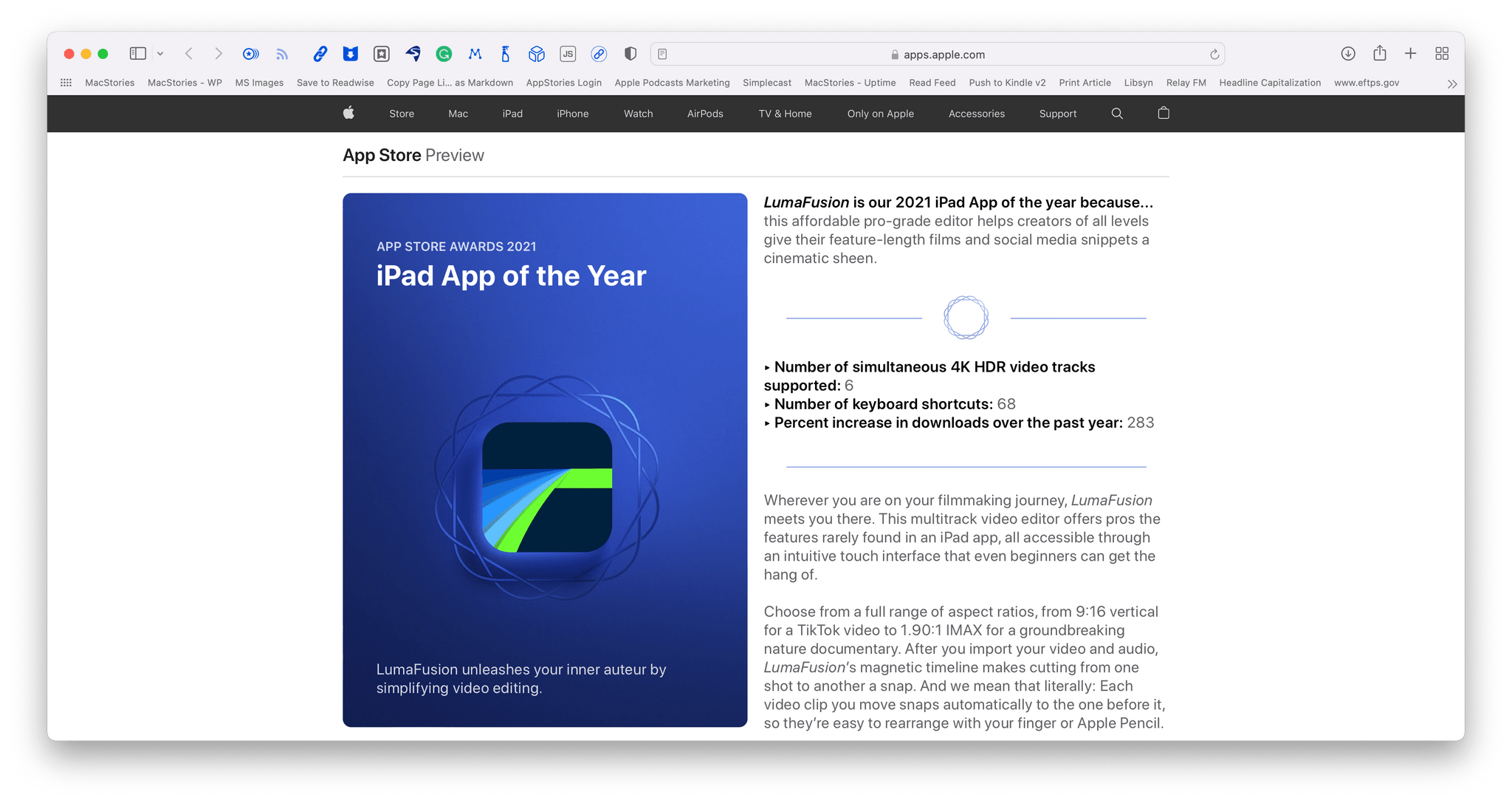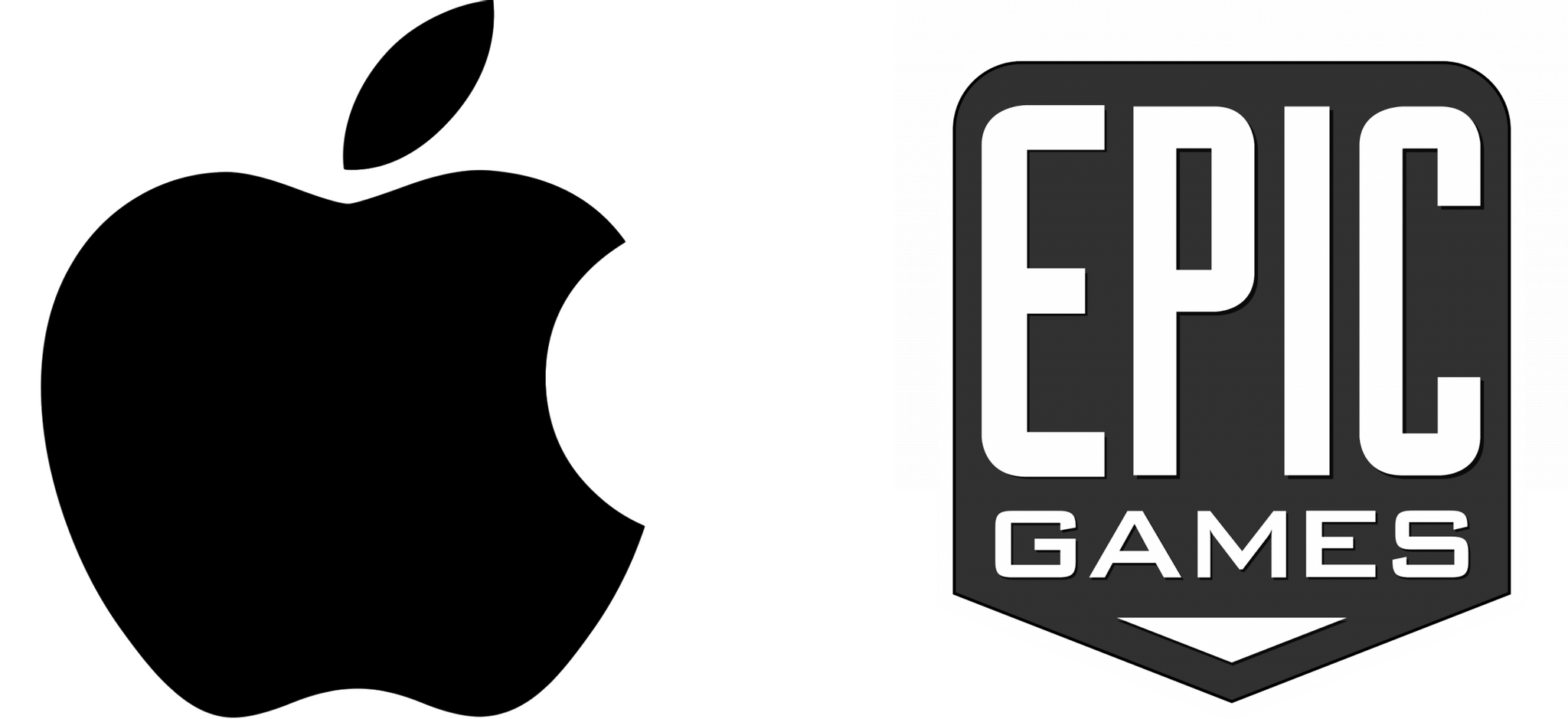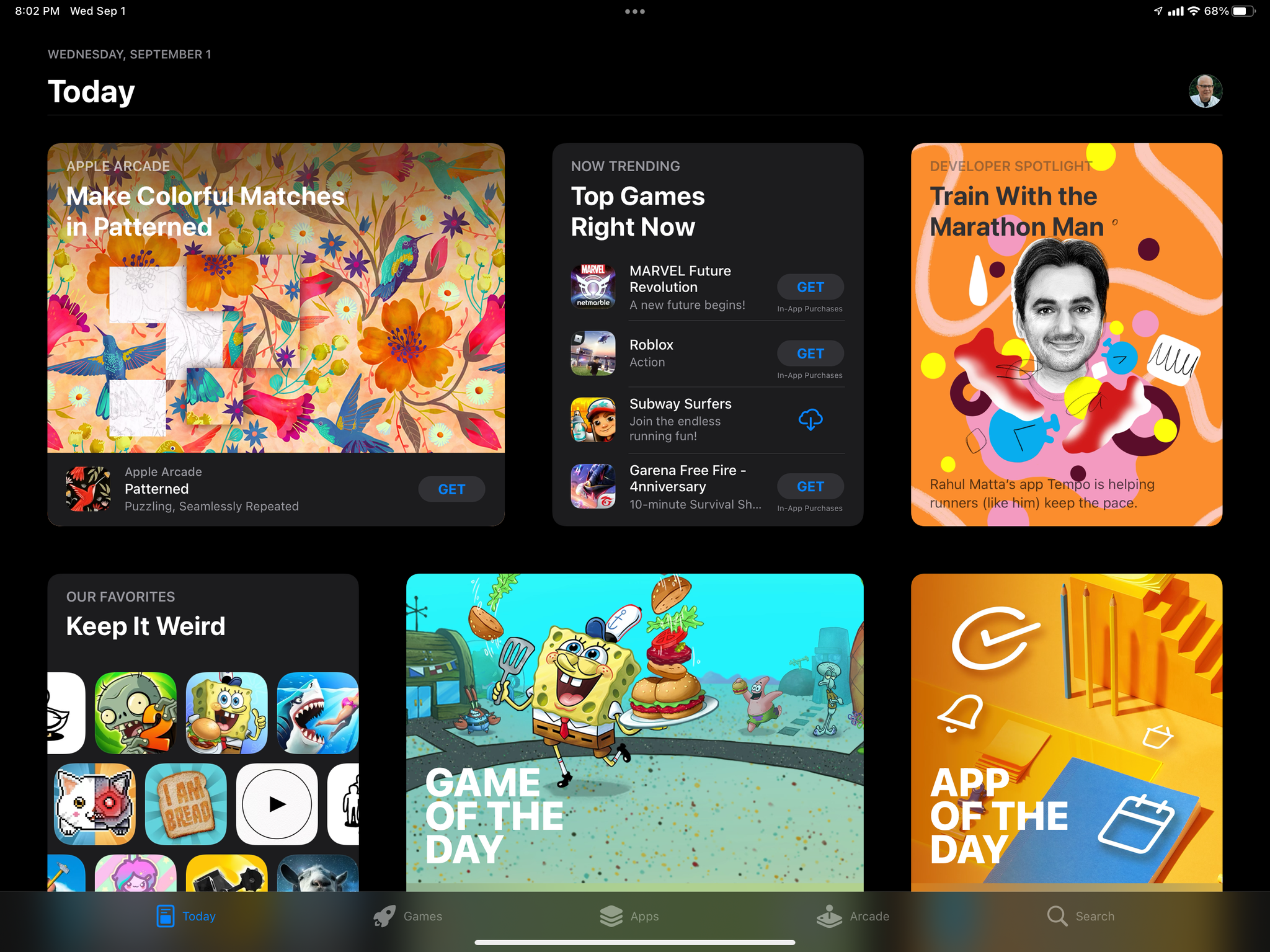To comply with a recent amendment to South Korea’s Telecommunications Business Act, Apple is allowing developers to use third-party payment systems for the first time. However, the new App Store entitlement comes with substantial limitations.
Developers who want to use a third-party payment processor must apply to Apple for a StoreKit External Purchase Entitlement. Apps with the new entitlement can only be released in South Korea’s App Store, which means that developers will need to make a separate version of any app that uses the entitlement. As Apple explains, using the entitlement also means certain App Store features will be unavailable to users too:
If you’re considering using this entitlement, it’s important to understand that some App Store features, such as Ask to Buy and Family Sharing, will not be available to your users, in part because we cannot validate payments that take place outside of the App Store’s private and secure payment system. Apple will not be able to assist users with refunds, purchase history, subscription management, and other issues encountered when purchasing digital goods and services through an alternative purchasing method. You will be responsible for addressing such issues.
Third-party payment processing isn’t a way to get around Apple’s commission on purchases made by users:
Apple will charge a 26% commission on the price paid by the user, gross of any value-added taxes. This is a reduced rate that excludes value related to payment processing and related activities.
Developers will need to handle the payment of any taxes to South Korean taxing authorities themselves too.
It’s hard to imagine that Apple’s new StoreKit External Purchase Entitlement will be attractive to many developers, given its limitations and the need to create a separate version of apps just for South Korea. I expect we’ll see this new StoreKit entitlement offered on a country-by-country basis as other countries follow South Korea’s lead, but I don’t expect it will lead to meaningful use of third-party payment processors unless and until apps are available outside the App Store via sideloading.


